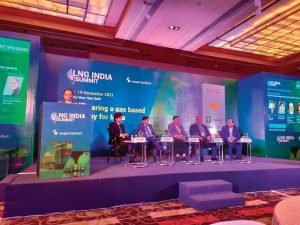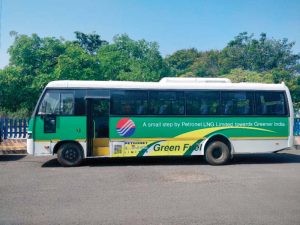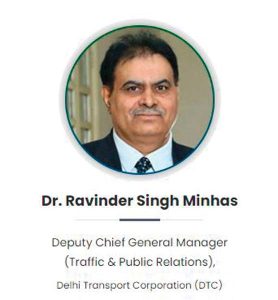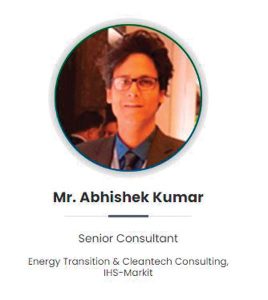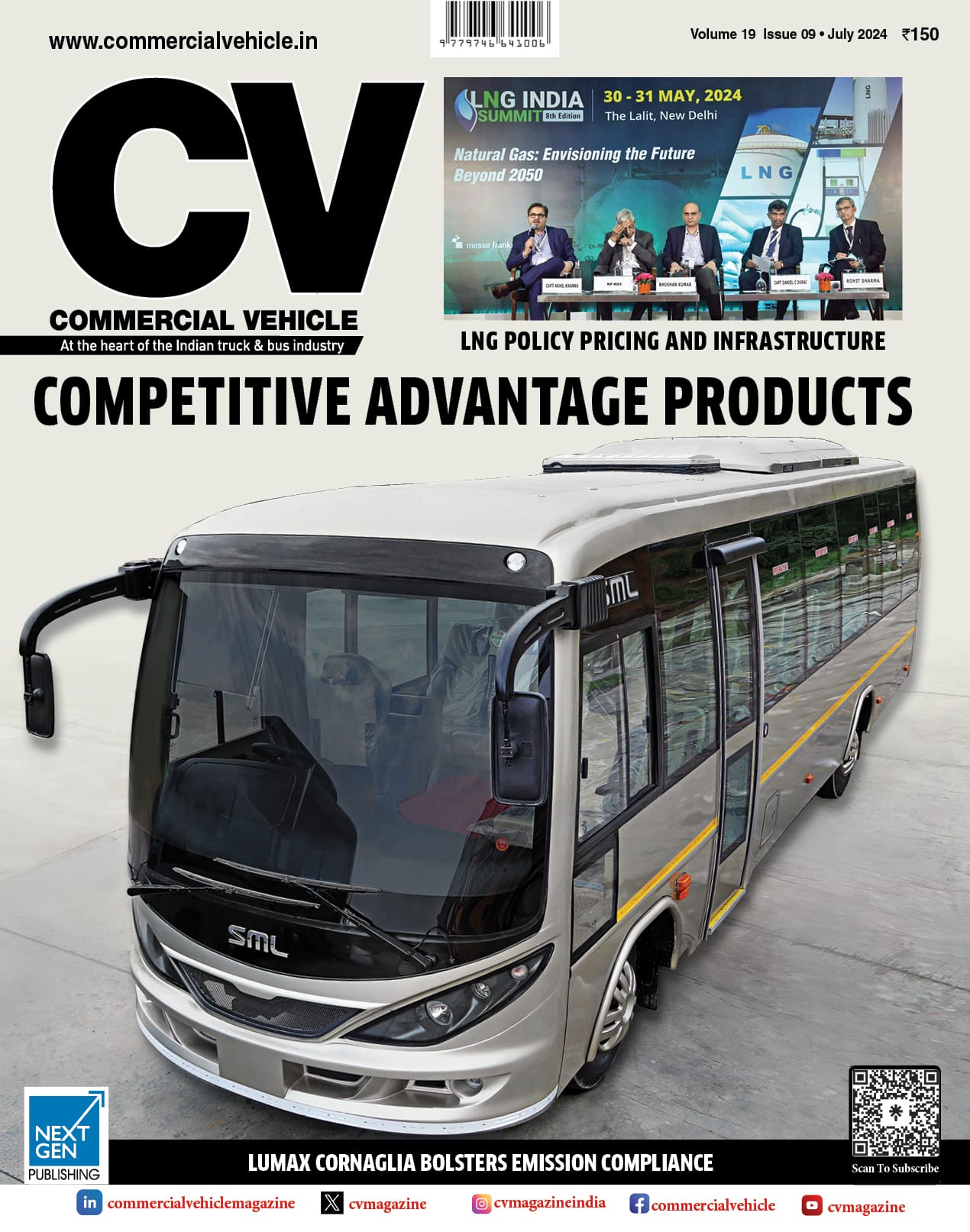Liquefied Nitrogen Gas is seen as an economical and environment friendly fossil fuel At the LNG India Summit. Sumesh Soman ascertains the scope in long-distance transportation.
The present has never been as volatile as it is now and reducing carbon footprint happens to be at the centre of choices the automotive industry makes. Beyond automotive too, it is a pivot for industries globally. This was even more evident at the sixth LNG India Summit 2021, held in Delhi. The summit encompassed two vital points which were successful penetration and sustenance of this resource. As a choice for long-distance transportation, it is expected that LNG is feasible especially for Medium & Heavy-Duty Commercial Vehicles (M&HCVs). An estimated one lakh buses and trucks are projected to use Liquified Natural Gas (LNG) by 2024 as per the Ministry of Petroleum and Natural Gas data. It is here that the LNG fuelling station is expected to be that missing piece in the LNG puzzle.
Availability and affordability
In a keynote address Snigdho Majumdar, Executive Director, Engineers India Ltd. expressed that the future lies in disruptive technology. He drew attention to the practice of opting for alternative fuels like LNG as a primary fuel being one of the cleaner choices available. He was equally quick to cite its accessibility as the more pertinent challenge. To which, Kashi Nath Jha, Joint Secretary (Parliamentary Committee), Ministry of Chemicals and Fertilisers added, “Transportation of gas is a challenge at this point in time. Being the second-largest population behind China, every home in India runs on gas-based energy.” With LNG transportation opined to remain the biggest hurdle in LNG being mass adopted, the need of the hour, it was said, is to address the issue in a manner that its affordability as a fuel is not hurt. A cost hike would defeat the objective of a greater penetration. We are at a crossroads stated Majumdar where there is a need to restore the economy bruised by the after-effects of Covid-19 and at the same time, we need to reduce our carbon footprint on a priority basis if we were to avert the ill-effects of climate change. There is a trade-off between wanting to attain mass adoption to revive the economy while keeping a low carbon footprint. Harnessing natural gas is the only way, he exclaimed. The opinion came in the backdrop of India’s participation at the COP26 meet where India committed to net-zero emissions by 2070. The automotive mix is witnessing a surge in EVs with an estimated 8.7 lakh EVs registered in the country. This figure is expected to only grow manifold in the coming years. Besides LNG, Compressed Natural Gas (CNG) and Hydrogen (H2) in the mix have confirmed a major transition. Kashi Nath Jha emphasised on a gas-based energy promising a better future of all the alternatives in the drivetrain mix. “We have disturbed the ecosystem, and the ecosystem has disturbed us as well in return. Pollution, fog, and smog are all man-made problems, he quipped.
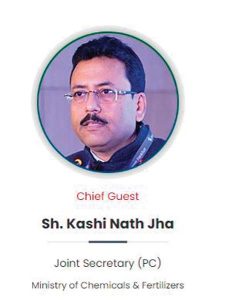

At the summit, it was opined that traditional methods of energy have to be changed and new gas-based methods should be integrated with the overall mix. This new sector is filled with opportunities, opined Majumdar. He cited the scope for generating an estimated 1.2 million jobs with the plan of harnessing natural gas, building a robust system to reach the resource, and by delivering it to people. Emphasising the focus on accessibility, affordability and availability of LNG, he drew attention to India’s vast coastline putting the country at a vantage point. The need of the hour he said was to point out the roadblocks and eliminate them. Pipelines to procure resources are pivotal, he mentioned. He also highlighted the use of the coastline for gas imports and the opportunity to boost the self-consumption driven economy India is.
En route to turning a gas-based economy, at the summit, in a unanimous consensus, it was agreed upon banking on an interim solution to assist the nation’s current needs for clean energy resources. This is while the LNG infrastructure is being put in place. With greater penetration, the puzzle of LNG’s demand and supply is expected to be solved. Snigdho expressed that the think tank must look at ways of making available clean energy to even the lowest strata of the society. “The energy has to be affordable, an aspect of the subsidiary unit. The large appetite of this country for energy has to be met at affordable price points using renewable energy at the source of its generation.” Snigdho explained. “Bringing down the carbon footprint has a lot to do with generating electricity using natural gas over thermal energy and other high carbon-emitting forms like coal. Here the nation needs a significant intervention,” he exclaimed.
LNG in transportation
Ravinder Singh Minhas, Deputy Chief General Manager (Traffic and Public Relations), Delhi Transport Corporation (DTC) cited the environment as a priority and called for the need to preserve and conserve it. Beyond power generation, he highlighted its deployment as a clean source of energy in transportation. Case-in-point is Thiruvananthapuram known to run LNG buses intra-city since 2016. Calling it a good case study for other cities to build on, he deemed gas harnessing as the stepping stone towards increasing the reach and utilisation of LNG resources across the country. Satinder Pal Singh, CEO, Adani Total Pvt Ltd. reiterated the need to put an infrastructure capable of meeting the future LNG demand in transportation. “There is a lot that needs to be done in terms of infrastructure for gas harnessing with only six per cent share for natural gas from the country.” Gujarat, here, cited Singh was an exception with an over 25 per cent share, higher than the national average. Singh advocated the need to enhance the nation’s re-gas capacity more so with the LNG import rates being lower owing to a non-feasible cost-benefit analysis. To address this, he called for the need to source LNG strategically.

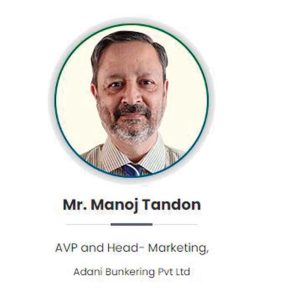

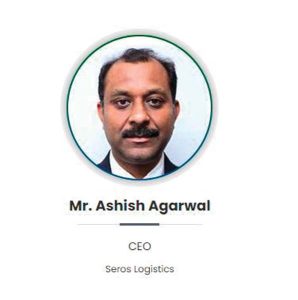
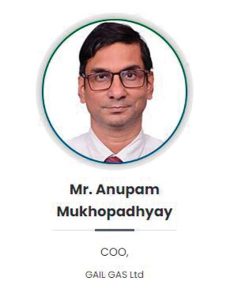
The role of incentives and taxation were said to be crucial and must be made uniform for a pan India acceptance. Transportation is a big piece of the LNG puzzle. Here, efficient and frugal transportation will be instrumental in the nation attaining pure price discrimination in an ideal scenario. Ashish Agarwal, Director and Chief Executive Officer, Seros Logistics said, “Lack of pipeline has skewed the supply and thus the demand has also fallen. We can create a virtual pipeline with a series of cryogenic tanks and connect the supply to the demand.” He cited the pipelines on the west coast and east coast to drive home his point and called for a similar infrastructure upgrade in other regions to fill the void. K P Roy, Senior Consultant, Gaztransport and Technigaz SA, France supported the viewpoint and called for the need to scale up LNG terminals. The project costs are far cheaper than what they used to be, which means the present conditions favour the initiation of the LNG sector and players are welcome to harness this new sector filled with opportunities,” he explained. Roy cited capital efficiency by drawing attention to project costs nosediving from USD 2000 per tonne to five dollars per tonne. The cost of setting up a plant is cheaper today, he claimed. The role of government intervention to create a level playing field and harnessing the ease of doing business was highlighted by Roy. He urged the Centre to provide all the necessary assistance to private players pushing for a robust LNG ecosystem. Nishita B. Malik, Counsel, Sumanto Basu and Associates Advocates termed the LNG pricing model as volatile. “The movement is slow with a need for downward flexibility. The ability to reduce the price of contracts without restrictions is critical,” she stated.
The event also witnessed the extension to LNG as a choice of fuel in transportation by ancillaries like Platts, JM Baxi and Co, Sandvik Materials Technology and other firms underlining their role in the LNG ecosystem. From cryogenic engineering, logistics, to analytics. Anupam Mukhopadhyay, Chief Operating Officer, GAIL Gas Ltd helped paint a picture of the ecosystem. “ Initially players will set up their LNG supply. Big players will have pipeline connectivity giving them an edge over smaller players having to rely on alternatives like tanks.” And to that Mitesh Gupta, DGM-Marketing and Commercial, H-Energy Group of Companies added, “The infrastructure is in place, peso approved trucks are there. There is reliability, however, it will need some more time to get to where we want.”
LNG across the globe
LNG, globally, is slowly catching up with conventional fuels. “There’s a need to integrate LNG into the system while the demand and supply grow in parallel,’’ explained Gupta. Manoj Tandon, AVP and Head of Marketing at Adani Bunkering Pvt. Ltd. cited a Japanese case study of the country’s LNG penetration and deemed a gradual shift. Abhishek Kumar, Senior Consultant, Energy Transitions and Clean Tech Consulting, IHS-Markit concluded, “The shift of LNG from developed markets to developing markets will play the role of a catalyst in this intended transition. Implementation will be the key here!



